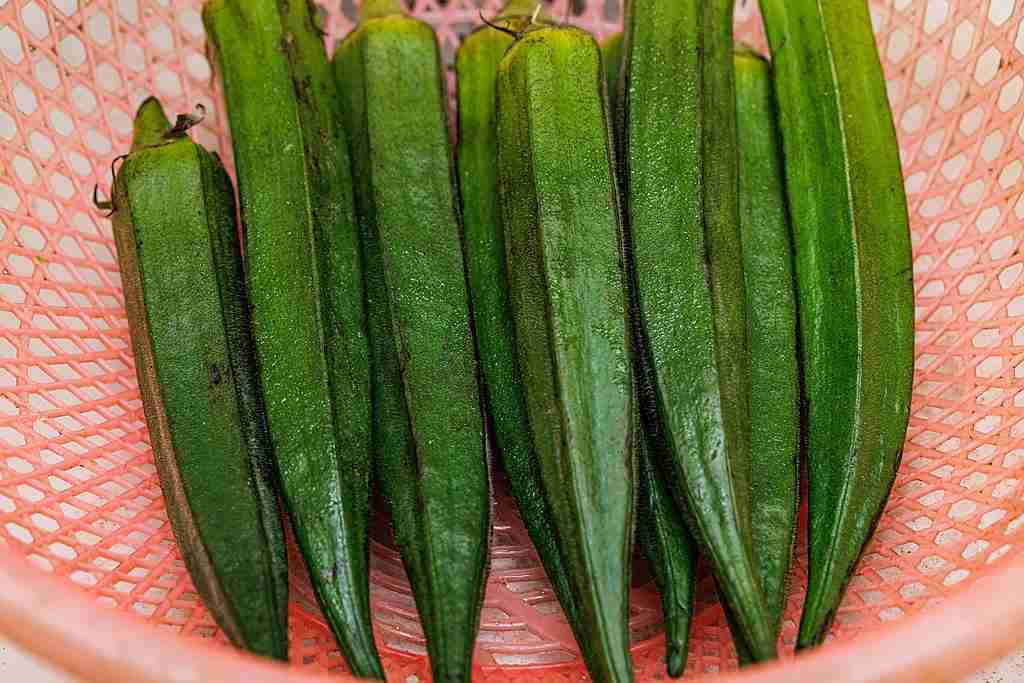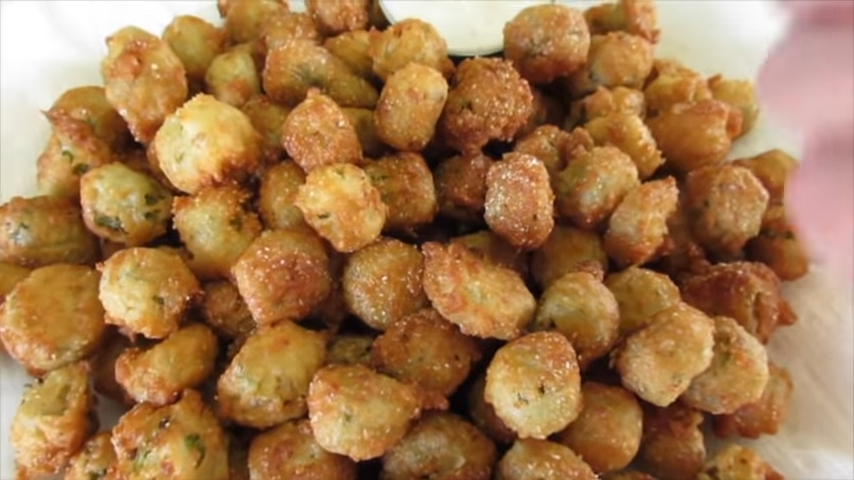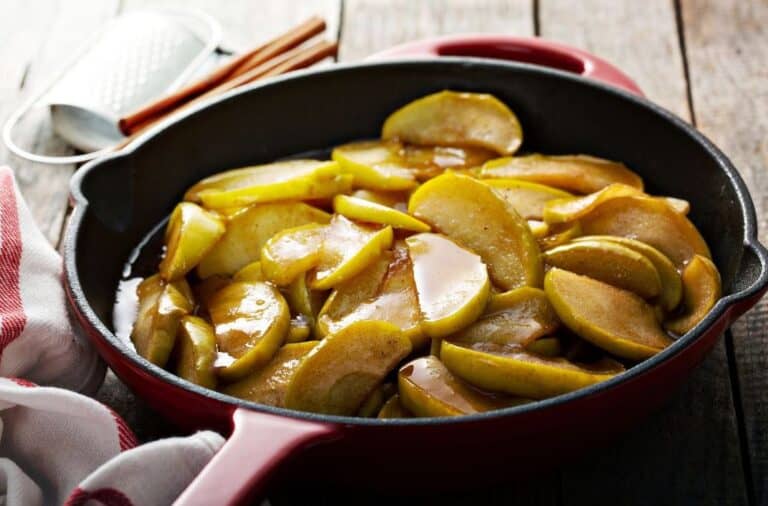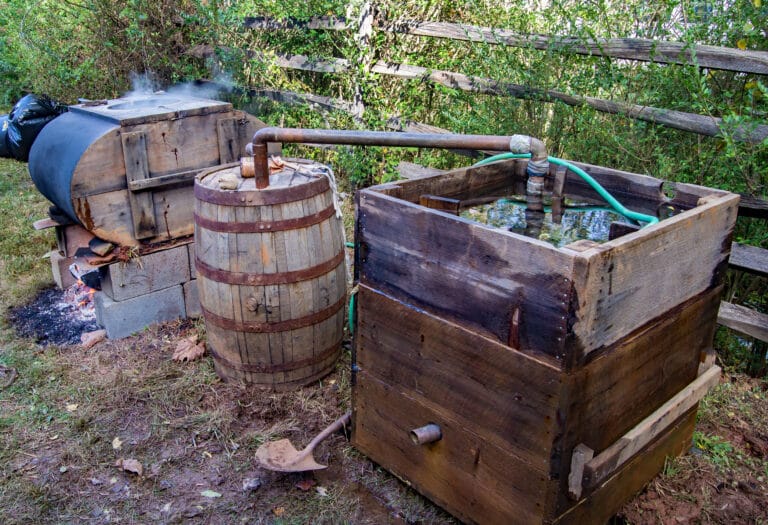The Okra Divide: A Southern Culinary Controversy

There are few culinary divides in my home. But one is so large you could drive a truck through it: okra. I’m a fan. I love it rolled in cornmeal and fried. My wife? Well, she’s a Colorado girl who can’t stand it.
Most folks either love okra or hate it. There doesn’t seem to be much middle ground regarding this humble Southern vegetable. Why does okra stir such strong feelings? Let’s investigate.
From Africa to Alabama
Okra’s roots trace back to Africa, where it was first cultivated. Some consider it a superfood because it’s high in vitamins and antioxidants. It crossed the Atlantic with the slave trade, finding a new home in the Southern United States. Over time, it became a staple in Southern kitchens, showing up in dishes from fried okra to gumbo.
The Love for Okra
Folks here in the South have found countless ways to use okra. Fried okra is a classic—and my favorite. Cut into bite-sized pieces, rolled in cornmeal, and fried until crispy, it makes a great side dish for most Southern-style entrees: chicken, pork chops, ham, catfish, chicken-fried steak—the list goes on. Then there’s Louisiana gumbo, a hearty stew where okra is a thickening agent and adds a unique texture. Pickled okra is another favorite, offering a crunchy, tangy snack. Different regions have their twists, but the love for okra remains strong.
The Hatred for Okra
Now, let’s talk about the haters. You know who you are, right? The main gripe is that slimy texture. Okra’s mucilage—the stuff that makes it slimy—turns many people off. Those unfamiliar with okra, like my wife, find the texture off-putting. The unique taste doesn’t win everyone over, either.
In truth, it’s all about how it’s prepared. A poorly cooked okra dish can be a slimy, greasy disaster. But when done right, though, it can be a revelation.

The Science Behind the Slime
What’s up with that slime? It’s all about mucilage, a gel-like substance that helps the plant retain water. When you cut into okra, the mucilage oozes out, creating a slimy feel. But there are ways to handle it. Frying okra can reduce the slime, while using it in soups or stews like gumbo can turn that slime into a thickening agent. It’s all about understanding and embracing—or minimizing—what makes okra unique.
My mother cooked okra regularly, so I grew up eating it. My family—both sides—has deep roots in the South. Most meals had a fried component. Sautéing was unknown, as were poaching, braising, and stir-frying. Frying was done in hot oil or fat. We ate fried chicken, chicken-fried steak, fried fish, fried green tomatoes—you get the picture. Fried okra was just another fried food. Its crispy, cornmeal-coated crunch was tasty.
Recipe and Cooking Tips
Want to give okra a shot? Start with something simple, like fried okra. Amazon offers hundreds of okra cookbooks, so you will find something appealing. Here’s how my mother used to cook fried okra:
Easy Recipe for Southern Fried Okra
Ingredients:
– 1 pound fresh okra, sliced into 1/2-inch pieces
– 1 cup buttermilk
– 1 cup cornmeal
– 1/2 cup all-purpose flour
– 1 teaspoon salt
– 1/2 teaspoon black pepper
– 1/2 teaspoon garlic powder (optional)
– Vegetable oil for frying
Cooking:
1. Prepare the Okra:
– Wash and dry the okra.
– Cut off the stems and slice the okra into 1/2-inch pieces.
2. Soak in Buttermilk:
– Whisk one egg into a cup of fresh buttermilk
– Place the sliced okra in a bowl and pour the buttermilk over it.
– Stir to ensure all pieces are coated, then let it sit for about 10 minutes.
3. Mix Dry Ingredients:
– In a separate bowl, combine the cornmeal, flour, salt, pepper, and garlic powder (if using).
– Mix well to ensure the seasoning is evenly distributed.
4. Coat the Okra:
– Take the okra pieces out of the buttermilk, allowing the excess to drip off.
– Toss the okra in the cornmeal mixture, ensuring each piece is well coated.
5. Heat the Oil:
– Pour about 1 inch of vegetable oil into a large skillet.
– Heat a high-smoke point oil over medium-high heat until it shimmers but doesn’t smoke. Ensure that the oil is hot enough for frying. This is where most folks make a mistake. If the oil isn’t hot enough, you’ll just add grease to the slime. Frying is an art. You can test the oil by dropping in a small piece of breaded okra; it should sizzle and float.
6. Fry the Okra:
– Carefully place the coated okra into the hot oil in small batches, avoiding overcrowding the pan.
– Fry until golden brown and crispy, about 3-4 minutes per batch.
– Use a slotted spoon to transfer the fried okra to a plate lined with paper towels to drain excess oil.
7. Serve:
– Serve the fried okra hot, with a sprinkle of additional salt if desired.
– Enjoy as a snack, appetizer, or side dish.
This recipe is a simple and delicious way to enjoy southern fried okra, perfect for both okra lovers and skeptics.
Closing Thoughts
Okra is a divisive dish. Some love its unique texture and flavor, while others can’t get past the slime. But that’s what makes it interesting. It’s a vegetable that sparks strong opinions and brings some Southern charm to the table. So, give okra a try—maybe you’ll discover a new favorite dish. And if you already have strong feelings about it, whether love or hate, share your story. The world of okra is richer for the diversity of opinions it inspires.
More Foodways Stories
Explore the dishes, tools, and kitchen traditions that shaped mountain life on the Foodways page.
Appalachian Foodways Collection
Enjoying Blue Ridge Tales? I hope so. If you’d like to help keep the site ad-free and the stories rolling, you can buy me a coffee.
To stay connected, subscribe to my Blue Ridge Tales newsletter, and have stories and updates delivered once a month to your inbox.






